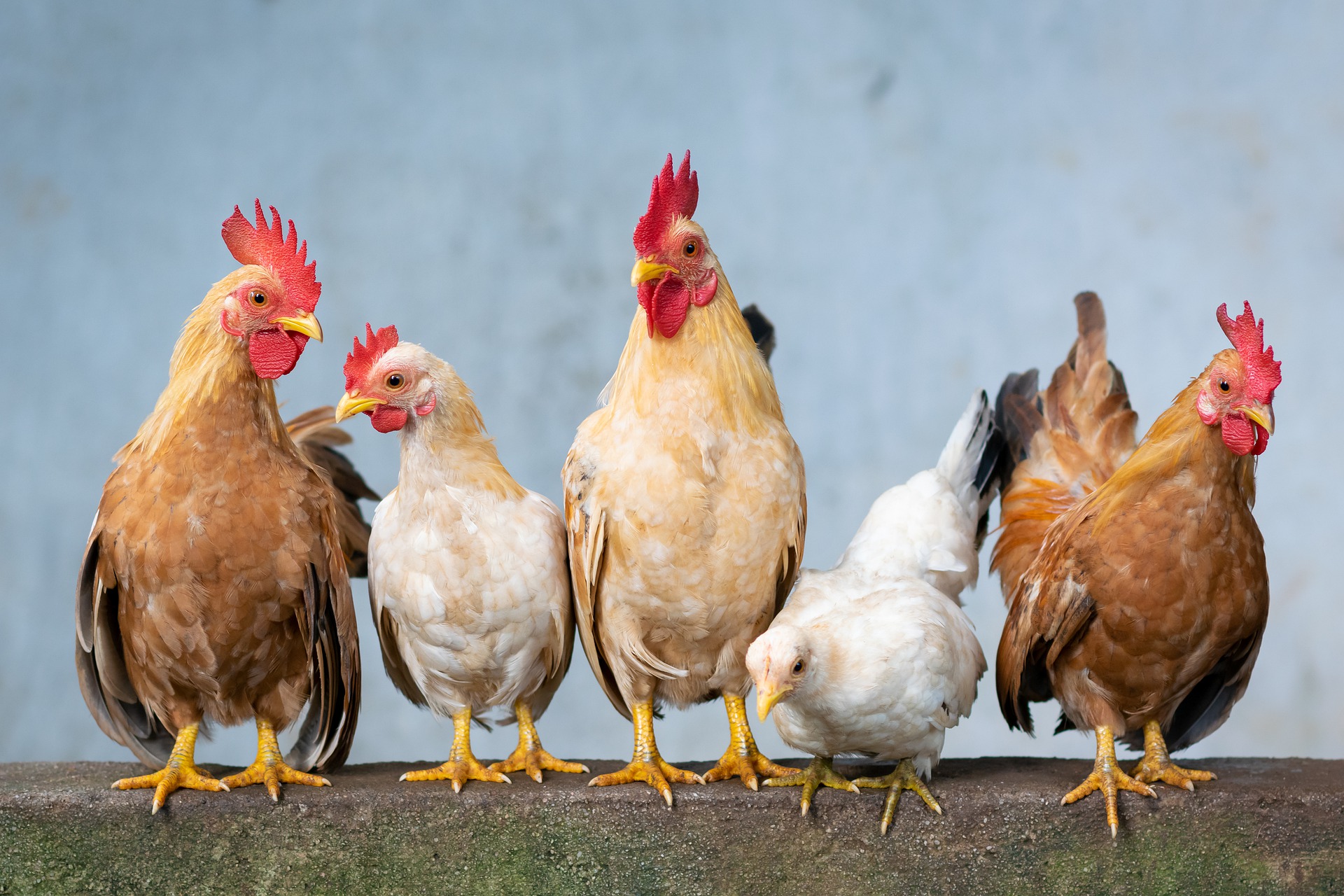My husband and I recently got into a discussion about the differences in the labeling of chicken. He saw a post on social media outlining the supposed differences between “pasture raised,” “cage raised,” “cage free,” and “free range.”
It is easy to get caught up in the virtuous marketing of “pasture raised,” “cage free,” and “free range” versus “cage raised.” It is easy to imagine flocks of chickens strutting through pristine green fields and foraging for their food, but too often food labeling is deceptive.
The social media post offered the following definitions:
- “Pasture raised” – requires hens to hunt, peck, & graze for a natural diet
- “Cage raised” – no regulations for antibiotics or feed; usually fed GMO grains
- “Cage free” – no cages, but no access to sunlight or the outdoors; no feed or antibiotics regulations
- “Free range” – no cages plus minimal access to outdoors (tiny concrete slab or small door); no feed or antibiotic regulations
What are the facts?
“Cage raised”
There is no U.S. Department of Agriculture (USDA) definition, but “cage raised” likely means chickens are housed with enough space to move around, given access to unlimited water and food, and free to generally be domestically bred chickens.
Other definitions from the USDA are not quite as advertised online.
“Pasture raised”
There is no definition for “pasture raised” livestock according to USDA regulations because there are too many variables to consider. Some of the variables might include amount of space, available food sources, partial or full shelter access, and more.
“Cage free”
According to the USDA, any chicken that has been allowed to “freely roam a building, room, or enclosed area with unlimited access to food and fresh water” can be labeled “cage free.” An ”enclosed area,” which wasn’t included on the social media post, could include access to the outdoors in the form of a fenced area, not unlike a pasture or farmyard, for specific times of day.
“Free range”
Despite the claims from the social media explainer, free-range chickens are raised with unlimited, not “minimal,” access to fresh water, food, and the outdoors as well as being provided with a shelter or other indoor area to retreat to.
No matter what sort of label you choose, there is one thing across the board that has not changed: the presence of antibiotics in meat is expressly prohibited by the USDA.
Giving antibiotics to animals is no different than giving antibiotics to people. When an animal is sick and suffering, antibiotics help to treat infection and ensure the animal recovers as quickly as possible for its health and comfort and that of its flock.
The “withdrawal period” – the amount of time a farmer must wait to ensure antibiotics have left an animal’s system – is different for each antibiotic, but it gives animals time to metabolize the medication and shed it from their bodies before being harvested for meat. Much like antibiotics for people that work in the body well after the medication is no longer being taken, livestock antibiotics are given time to work after administration but before harvesting.
Thanks to the diversity of foods provided by farmers, consumers can now choose the options that best fit their value systems and beliefs. In an era when information is available with just a few clicks, it is important to sift out the facts from the activism. “Cage free,” “pasture raised,” and “free range,” are both marketing tools and means of housing for the chicken that will eventually be served in all sorts of kitchens. Knowing how that chicken was raised may change some buying habits but, more importantly, it takes consumers closer to where their food comes from.
Pam Lewison is a farmer, Pacific Research Institute fellow, and director of the Washington Policy Center’s Initiative on Agriculture.


